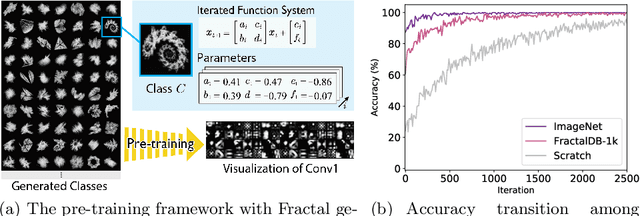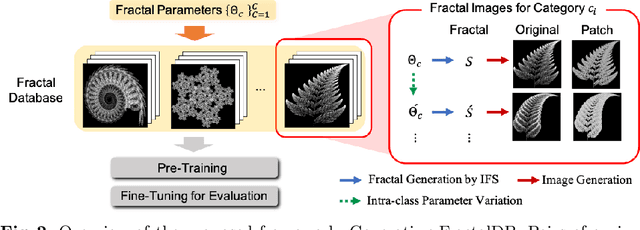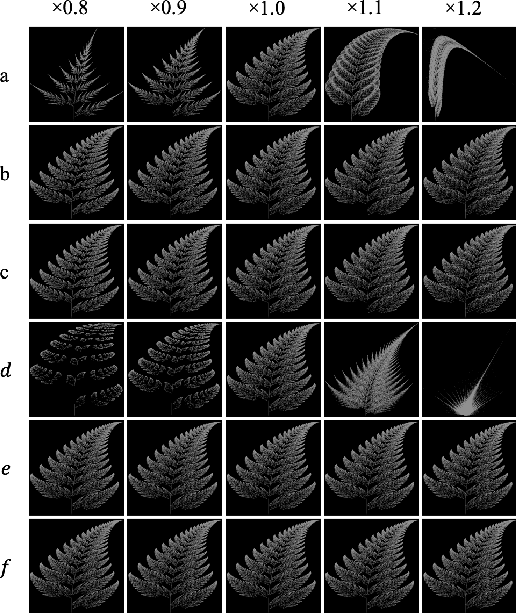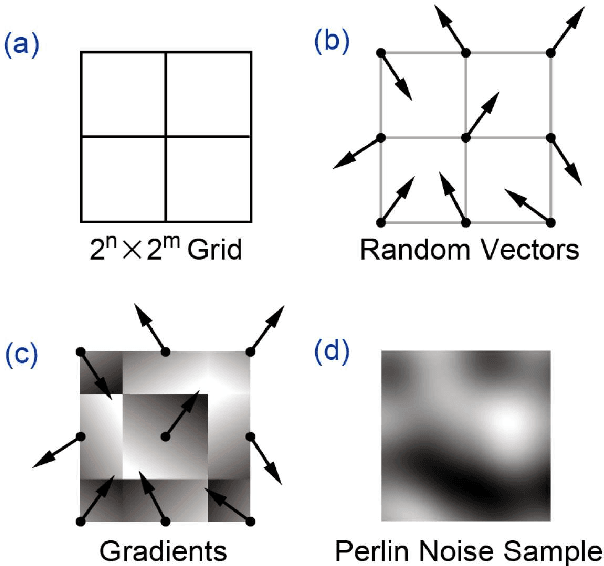Eisuke Yamagata
Robust Time-Varying Graph Signal Recovery Over Dynamic Topology
Feb 13, 2022



Abstract:We propose a time-varying graph signal recovery method that estimates the true graph signal from an observation corrupted by missing values, outliers of unknown positions, and some random noise. Furthermore, we assume the underlying graph to be time-varying like the signals, which we integrate into our formulation for better performance. Conventional studies on time-varying graph signal recovery have been focusing on online estimation and graph learning under the assumption that entire dynamic graphs are unavailable. However, there are many practical situations where the underlying graphs can be observed or easily generated by simple algorithms like the k-nearest neighbor, especially when targeting physical sensing data, where the graphs can be defined to represent spatial correlations. To address such cases, in this paper, we tackle a dynamic graph Laplacian-based recovery problem on given dynamic graphs. To solve this, we formulate the recovery problem as a constrained convex optimization problem to estimate both the time-varying graph signal and the sparsely modeled outliers simultaneously. We integrate the graph dynamics into the formulation by exploiting the given dynamic graph. In such a manner, we succeed in separating the different types of corruption and achieving state-of-the-art recovery performance in both synthetic and real-world problem settings. We also conduct an extensive study to compare the contribution of vertex and temporal domain regularization on the recovery performance.
Pre-training without Natural Images
Jan 21, 2021



Abstract:Is it possible to use convolutional neural networks pre-trained without any natural images to assist natural image understanding? The paper proposes a novel concept, Formula-driven Supervised Learning. We automatically generate image patterns and their category labels by assigning fractals, which are based on a natural law existing in the background knowledge of the real world. Theoretically, the use of automatically generated images instead of natural images in the pre-training phase allows us to generate an infinite scale dataset of labeled images. Although the models pre-trained with the proposed Fractal DataBase (FractalDB), a database without natural images, does not necessarily outperform models pre-trained with human annotated datasets at all settings, we are able to partially surpass the accuracy of ImageNet/Places pre-trained models. The image representation with the proposed FractalDB captures a unique feature in the visualization of convolutional layers and attentions.
Initialization Using Perlin Noise for Training Networks with a Limited Amount of Data
Jan 19, 2021



Abstract:We propose a novel network initialization method using Perlin noise for training image classification networks with a limited amount of data. Our main idea is to initialize the network parameters by solving an artificial noise classification problem, where the aim is to classify Perlin noise samples into their noise categories. Specifically, the proposed method consists of two steps. First, it generates Perlin noise samples with category labels defined based on noise complexity. Second, it solves a classification problem, in which network parameters are optimized to classify the generated noise samples. This method produces a reasonable set of initial weights (filters) for image classification. To the best of our knowledge, this is the first work to initialize networks by solving an artificial optimization problem without using any real-world images. Our experiments show that the proposed method outperforms conventional initialization methods on four image classification datasets.
 Add to Chrome
Add to Chrome Add to Firefox
Add to Firefox Add to Edge
Add to Edge